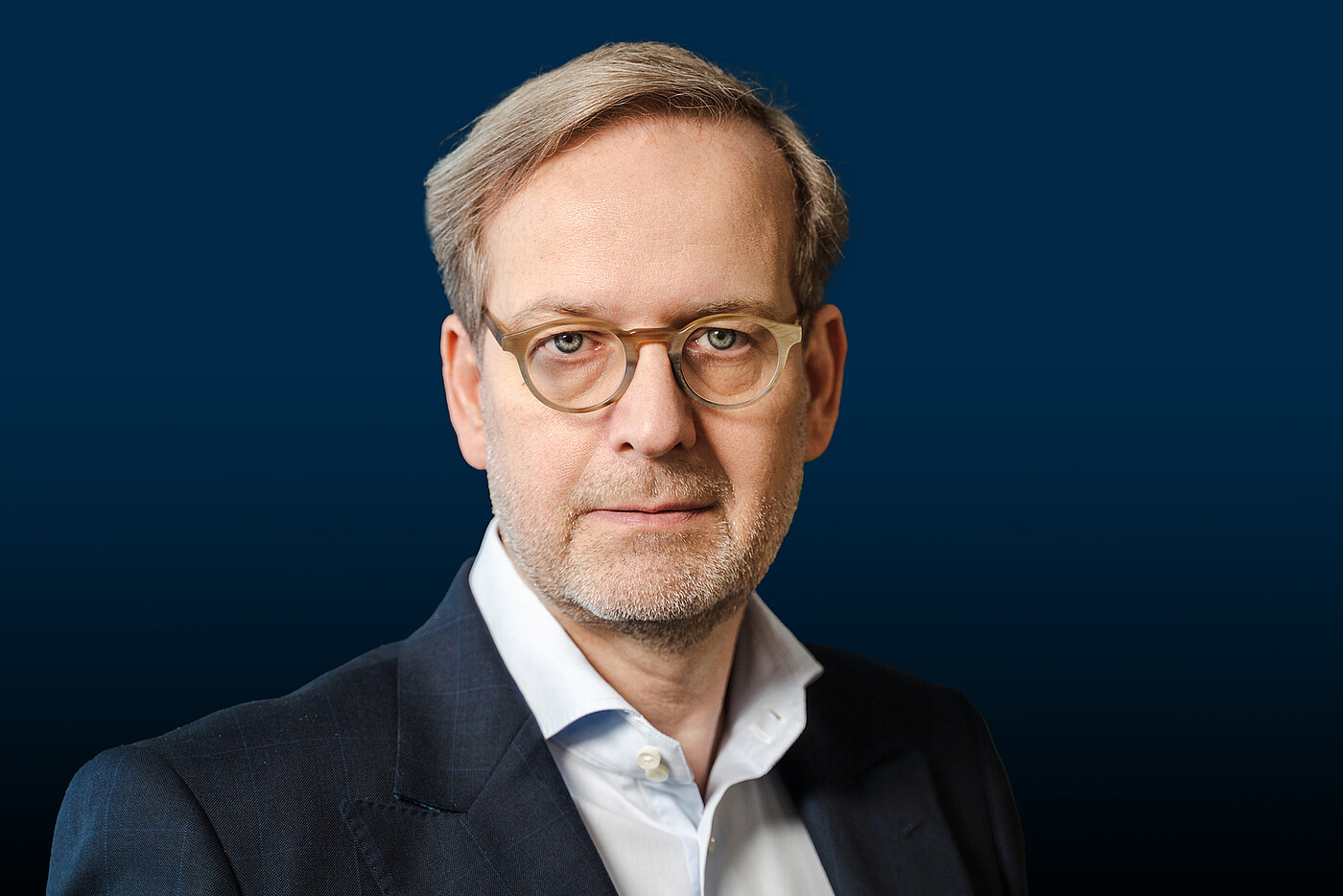In your review of 2023, you emphasise that the year was “full of unpredictable developments, twists and turns”. What can we expect in 2024 and beyond?
Germany has been in crisis mode since 2020. I hardly hear that mentioned now, but the analysis is correct. Compared to 2023, the current year will be even worse in this regard. Companies and consumers are now feeling the costs of the excessive rescue policy of recent years in full. Without the massive subsidies, the German economy faces a tougher competitive environment with persistent inflation, high interest rates, enormous energy costs and a worsening shortage of skilled labour and personnel. This can be observed in slow motion in the construction industry in particular, but also in the retail sector. Consumers are more cautious with their spending than they have been since 2009. Added to this are a whole series of political elections at home and abroad that could also cause enormous upheaval.
High cost burdens and the recession have fuelled insolvencies in Germany. Are insolvencies now becoming the norm – and if so, why?
As early as 2022, we saw a turnaround from what was previously a paradoxical insolvency situation (the biggest crisis since the Second World War combined with the lowest insolvency figures since the introduction of the German Insolvency Code in 1999) to a normalisation of insolvency figures, which continues to this day. The government’s aid policy, from suspending the obligation to file for insolvency to short-term working allowances and liquidity assistance, ensured that many companies that would have gone bankrupt under normal circumstances managed to make it through this period. In the current difficult environment, many are unable to survive.
What early indicators do you see that more and more companies are in crisis mode?
Firstly, we can always take a look at companies’ payment practices. Developments that are revealed only later in the insolvency statistics can be seen here at an early stage. In addition to traditional indicators, we have become inventive since the Covid-19 pandemic. By looking at the number of lorries on German motorways, customer volumes in German pedestrian zones on a Saturday morning or sales figures in indicator industries, we can identify distortions at an early stage. In the construction industry, for example, we are currently seeing a large number of projects being frozen, project developers disappearing from the market and order books in building construction and civil engineering becoming increasingly empty.
The automotive industry, the healthcare sector and the chemical industry are just some of the many sectors of the economy that are facing major transformative challenges, regardless of the current difficult economic situation. Are these companies particularly at risk now?
Unfortunately, we can see that many companies and entire sectors have been living off their capital for years. They have invested too little in evolving their business models – what you might call “retail stagnation”. At Galeria Karstadt Kaufhof, for example, we can see how difficult it is to realign at this time. In the automotive industry, there are also political requirements and almost all sectors of the economy are affected by the green transition, which is also politically driven. So yes, the situation has certainly not become any easier for those who have already had structural problems in recent years.
Figures don’t lie, and your statistics are clear. But do you see any reason for optimism? And if so, where?
We couldn’t do our job without optimism. I am reassured by the fact that the German SME sector, which, after all, includes around 96 per cent of all companies in Germany, is completely unique in this form. Since the days of Chancellor Ludwig Erhard, business leaders have navigated the stormy seas more than once and have made the German economy one of the strongest in the world with their innovativeness and wealth of ideas. If you let them do their thing and set the right basic conditions, nothing can really go wrong.
The international media and policy-makers are once again pushing the narrative of Germany as the “sick man of Europe”. What should companies – and policy-makers – do to counter this in terms of communications?
What bothers me most is the black-and-white thinking in politics and the media. Today the powerhouse of the European Union, tomorrow the sick man of Europe. I believe that an honest and unsparing analysis of the status quo with no ideological blinkers will help us to draw the right conclusions and take appropriate countermeasures. Then we can start telling success stories again. In Chinese, the word crisis consists of two characters. One means “danger”, the other “opportunity”. When we look back in 2025, I would like to see a “phoenix rising from the ashes” story in relation to the German economy.
Patrik-Ludwig Hantzsch is Head of Economic Research and Corporate Communications and Press Officer at Verband der Vereine Creditreform e.V., Neuss. He represents Creditreform in dealings with the public, policy-makers and the media.
Photo: Patrik-Ludwig Hantzsch

 LinkedIn
LinkedIn
 Twitter / X
Twitter / X

